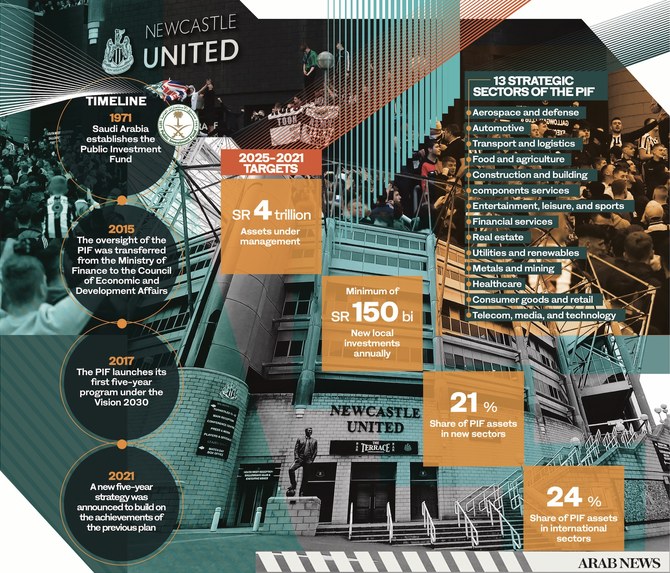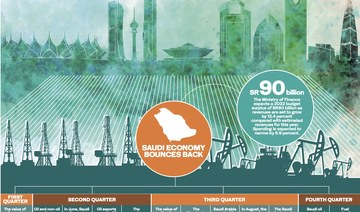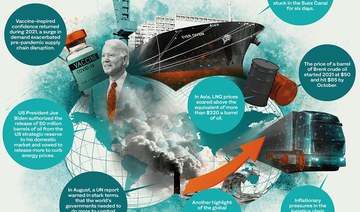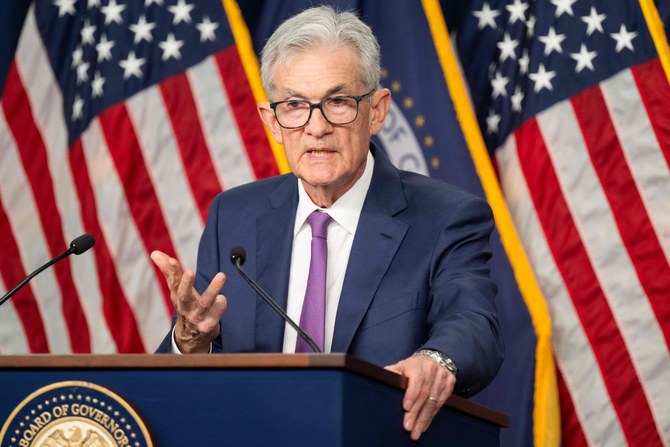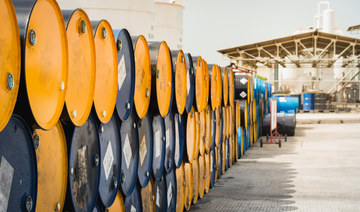DUBAI: This was a crunch year for Saudi Arabia’s sovereign wealth body, the Public Investment Fund, as it announced a five-year strategy to push the Kingdom’s diversification drive.
It picks up from the body’s first five-year plan launched in 2017, when the Saudi government chose the PIF to “lead the charge in building a national economic transformation.”
The fund posted around SR1.5 trillion ($400 billion) in assets under management, at the end of 2020 — growing nearly threefold from SR570 billion from 2015.
The Saudi sovereign wealth fund aims to more than double this growth — targeting around SR4 trillion in assets under management by 2025, with a focus on contributing billions of dollars to the Kingdom’s non-oil gross domestic product.
Opinion
This section contains relevant reference points, placed in (Opinion field)
Several non-oil sectors have been identified as priority sectors in its diversification plan, such as housing, healthcare and financial services.
But it was tourism that saw the first major announcement from the PIF in 2021.
HIGHLIGHTS
In January, the fund launched Cruise Saudi, which bids to establish a leisure liner industry in the Kingdom.
Another major project in tourism, the Soudah Development Co. in the Asir region, was announced the following month with an investment of SR11 billion.
Other notable PIF announcements in tourism include The Rig — a 150,000 square meter offshore oil-themed tourism destination, the fund partnered with E1 Series to create the world’s first electric powerboat championship and two PIF-owned companies — The Red Sea Development Co. and Amaala — merged to create a Red Sea tourism powerhouse.
In January, the fund launched Cruise Saudi, which bids to establish a leisure liner industry in the Kingdom, in line with the government’s Vision 2030 aspirations of opening Saudi Arabia up to the world.
Another major project in tourism, the Soudah Development Co. in the Asir region, was announced the following month with an investment of SR11 billion.
Other notable PIF announcements in tourism include The Rig — a 150,000 square meter offshore oil-themed tourism destination, the fund partnered with E1 Series to create the world’s first electric powerboat championship and two PIF-owned companies — The Red Sea Development Co. and Amaala — merged to create a Red Sea tourism powerhouse.
The next few months saw the PIF make internal moves to expand its team to capture more domestic and international investment opportunities.
Two deputy governors joined the fund in June — Turqi Al-Nowaiser and Yazeed Alhumeid. Three other senior executives also came into the business — Eyas Al-Dossari, Omar Al-Madhi, and Abdulla Shaker.
Saudi Crown Prince Mohammed bin Salman said the fund invested around SR84 billion this year as it bids to boost the Saudi economy, which has run a deficit for several years and last year was hit by record-low oil prices.
In December, the crown prince announced that around SR75 billion will be invested in the project, led by the PIF’s Central Jeddah Development. The new destination will feature thousands of hotel rooms and residential units, surrounded by major lifestyle and tourism projects over 5.7 million square meters.
This project aims to add SR47 billion to the Kingdom’s economy by 2030.
This year also saw major movements in the PIF’s stakes in major companies — including acquiring a 25 percent share in Emaar The Economic City, and publicly offering some of its stake in stc, the Kingdom’s largest telecoms operator.
An eye-catching move saw the PIF, alongside other investors, finally seal a $410 million deal to buy English Premier League football club Newcastle United.
After the high-profile transaction, the Saudi fund assumed a dominant position in the North East club’s new ownership structure, owning 80 percent of shares.
The fund invests outside the Kingdom as a way of bringing value to the Saudi economy, and in 2021, it almost tripled its holdings of US-listed stocks to $43.45 billion in the third quarter – buying shares in retail giant Walmart and social media firm Pinterest among others.
The next four years will be key for the PIF as the Kingdom draws ever nearer to 2030.




